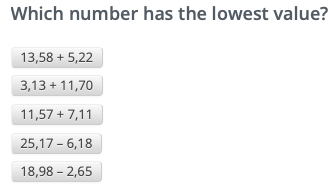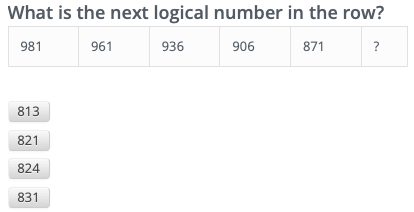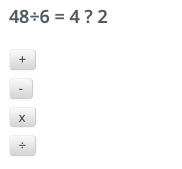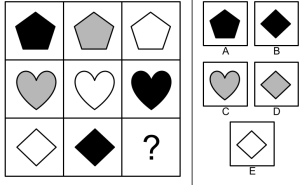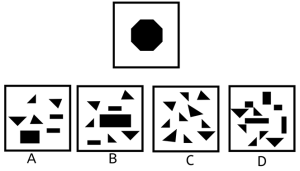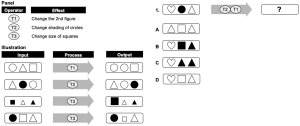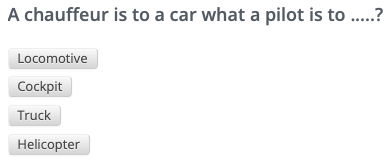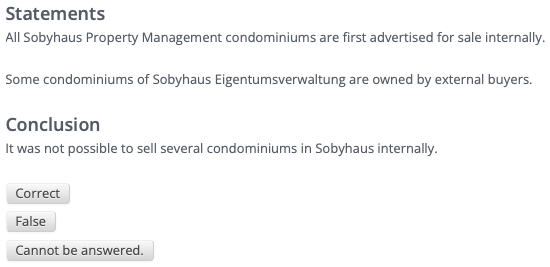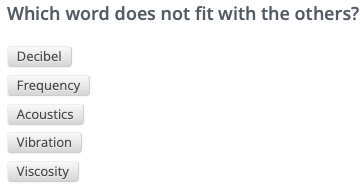Practicing Mechanical Reasoning Tests
Prepare for Your Mechanical Reasoning Test: Practice Makes Perfect
If you’re an engineer applying for a new job, chances are you’ll encounter a mechanical reasoning test during the recruitment process. These tests are designed to assess your understanding of mechanical concepts and your ability to apply them in practical scenarios. The good news? Just like any other aptitude test, you can prepare for it—and the better prepared you are, the more likely you are to succeed.
In this article, we’ll break down what a mechanical test typically involves, why employers use them, and how you can sharpen your skills with targeted practice. Whether it’s your first time facing a mechanical ability test or you’re looking to boost your confidence, you’ll find all the essential tips you need here.
What Is a Mechanical Reasoning Test?
A mechanical reasoning test (sometimes referred to as a mechanical aptitude test or mechanical understanding test) evaluates how well you understand mechanical and physical principles. Topics commonly covered include:
- Forces and motion
- Levers and pulleys
- Gears and belts
- Springs and hydraulics
- Tools and shop arithmetic
- Electricity and magnetism (in some tests)
These tests are typically multiple-choice and timed, often forming part of a larger selection process for technical, engineering, and mechanical roles.
Why Employers Use Mechanical Tests
Hiring an engineer isn’t just about reviewing academic degrees and work experience. Employers want to know that you can apply mechanical principles in a practical setting, solve problems quickly, and think logically under pressure.
That’s where the mechanical reasoning test comes in. It acts as a standardized, objective method for evaluating a candidate’s mechanical understanding, especially when multiple applicants have similar qualifications on paper. Your performance on this test could be a key factor in whether you land the job—or not.
Why You Should Practice Beforehand
While you may already have a strong foundation in mechanics thanks to your engineering background, that doesn’t necessarily mean you’re ready for the specific format or pressure of the test. Practicing beforehand offers several clear benefits:
1. Familiarity with the Test Format
Mechanical tests often have unique question formats that you may not have seen in your academic training or previous roles. Practicing helps you get used to these formats so you can answer quickly and confidently.
2. Improved Speed and Accuracy
These tests are usually timed, with only seconds to answer each question. Practicing helps you recognize question types instantly and apply shortcuts or rules of thumb, reducing hesitation and boosting your score.
3. Reduced Test Anxiety
Even skilled engineers can feel nervous when taking a test under time pressure. Practicing puts you in the right mindset and helps you stay calm and focused when it counts.
4. Identifying Weak Areas
Practice tests reveal which concepts you may need to brush up on. Whether it’s fluid dynamics, rotational systems, or simple machines, you’ll know exactly where to spend your study time.
What to Expect on the Mechanical Aptitude Test
The exact content of a mechanical test depends on the role and the test provider, but you can generally expect 20–50 multiple-choice questions to be answered in 20–30 minutes. The difficulty varies, but the focus is usually on logical application rather than deep theoretical knowledge.
Here are some example question types:
- Which gear will turn fastest?
- If pulley A turns clockwise, which way does pulley B turn?
- What happens to the output force if you double the input arm on a lever?
- Which container will fill up first given different inlet and outlet positions?
Even if you’re confident with these topics, remember that time pressure and unfamiliar formats can lead to mistakes. Practicing will help eliminate those.
Tips to Succeed on Your Mechanical Ability Test
Ready to get started? Here are some practical tips:
1. Start with a Practice Test
Begin by taking a full-length mechanical reasoning test to see where you stand. This will help you identify your strengths and areas for improvement.
2. Review Key Mechanical Concepts
Revisit the basics: Newton’s laws, torque, pressure, friction, and energy transfer. Use diagrams and real-life examples to help these principles stick.
3. Practice with Realistic Questions
Use practice materials that mimic the actual test format. At Test The Talent, we provide targeted practice questions designed to mirror the types of problems you’ll see on real mechanical reasoning tests.
4. Focus on Time Management
Don’t get stuck on a single question. If you’re unsure, make an educated guess and move on—you can always come back if there’s time at the end.
5. Keep Practicing
The more practice tests you take, the more confident and accurate you’ll become. Regular short sessions are more effective than cramming the night before.
Where to Practice
At Test The Talent we specialize in preparing job candidates for aptitude and reasoning tests, including mechanical reasoning. Our platform offers:
- Realistic mechanical aptitude tests
- Detailed explanations for each question
- Progress tracking to monitor your improvement
- Timed practice to simulate real test conditions
Whether you’re brushing up for a technician role, engineering position, or technical apprenticeship, our tools are tailored to give you the edge.
Final Thoughts
Taking a mechanical reasoning test might feel intimidating, even for experienced engineers. But with the right preparation, you can walk into your assessment with confidence. Understanding the test format, revisiting core principles, and completing realistic practice questions will dramatically improve your chances of performing at your best.
Don’t wait until test day to find out where your weaknesses are. Start preparing today and show your future employer that you’re not only mechanically skilled—but test-ready.



